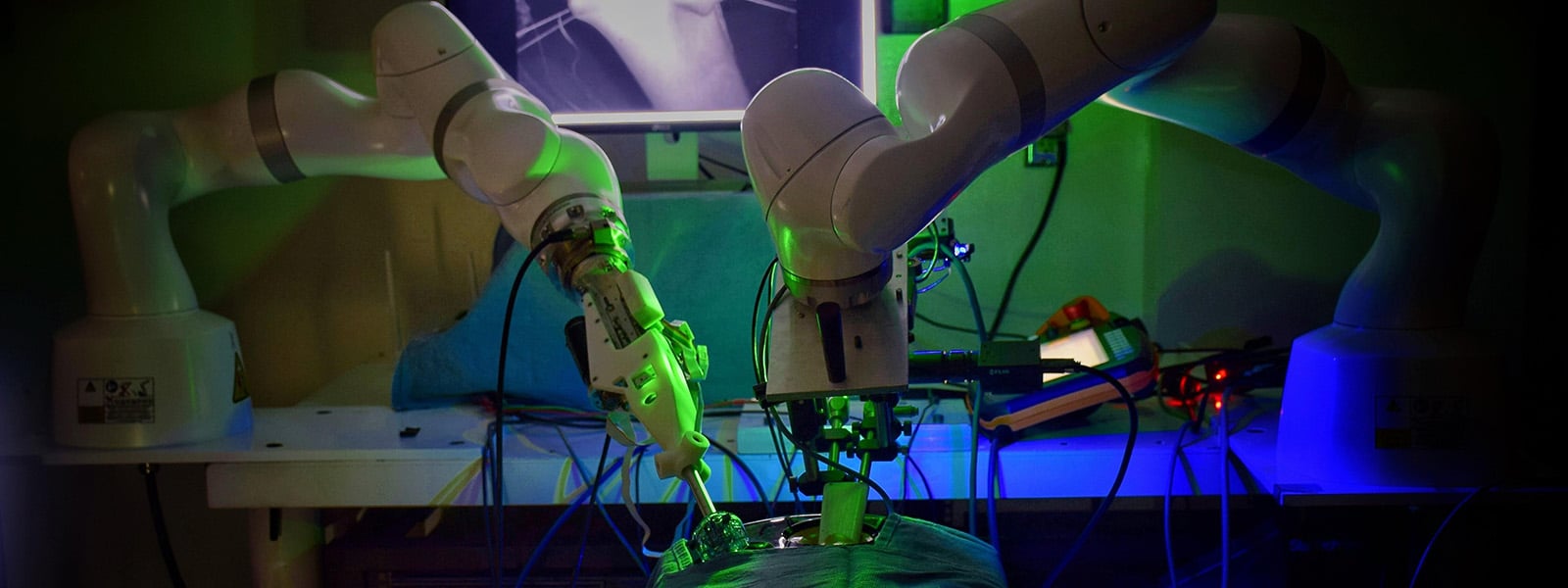After decades of merely assisting doctors, are sophisticated machines ready to take charge?
Robots have been found in the operating suite since the 1980s for things like holding a patient’s limbs in place, and later for laparoscopic surgery, in which surgeons can use remote-controlled robot arms to operate on the human body through tiny holes instead of huge cuts. But for the most part these robots have been, in essence, just very fancy versions of the scalpels and forceps surgeons have been using for centuries — incredibly sophisticated, granted, and capable of operating with incredible precision, but still tools in the surgeon’s hands.
Despite many challenges, that is changing. Today, five years after that award announcement, engineers are taking steps toward building independent machines that not only can cut or suture, but also plan those cuts, improvise and adapt. Researchers are improving the machines’ ability to navigate the complexities of the human body and coordinate with human doctors. But the truly autonomous robotic surgeon that the military may envision — just like truly driverless cars — may still be a long way off. And their biggest challenge may not be technological, but convincing people it’s OK to use them.


